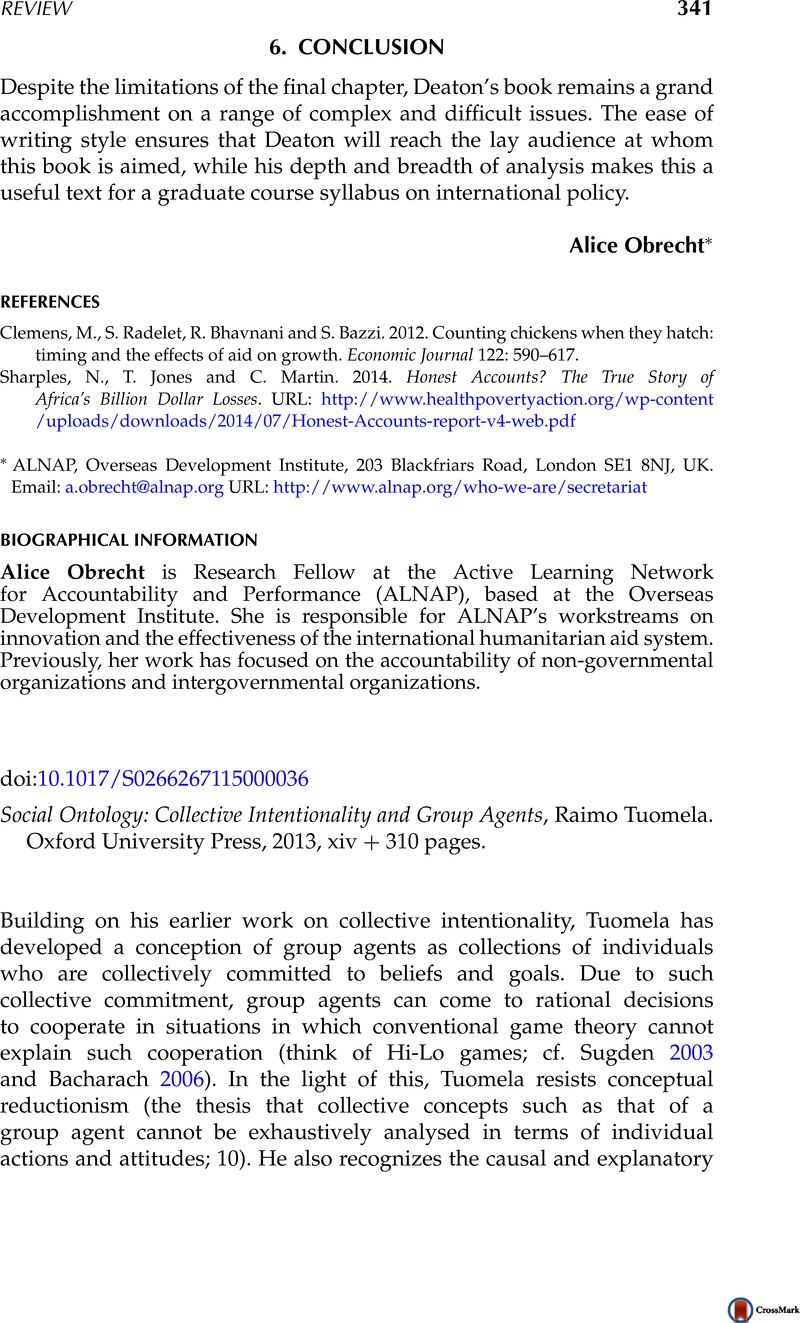Crossref Citations
This article has been cited by the following publications. This list is generated based on data provided by Crossref.
Hindriks, Frank
2023.
Tuomela on Sociality.
p.
129.




